[vc_row][vc_column][vc_column_text delay=”0″]If you are considering getting a joint replacement, whether it be a hip or knee, you might be focused on the surgery itself, but there is much more to be done to ensure a healthy and timely return to activity. Your physician will recommend and even require physical therapy, which is vital for a positive recovery from your recent surgery. Having a joint replaced is not to be taken lightly and preparation before, with a directional plan after, is important for a full return. If you have any questions, contact our certified and trained staff to find out how we can help get you MOVING!
Before Surgery
Patients who are scheduled for a total joint replacement are now being recommended or required to complete physical therapy BEFORE the surgery. The goal for physical therapy beforehand is to increase lower extremity strength and gain as much range of motion as possible to increase your surgery prognosis. The stronger you are before surgery, the less atrophy (muscle wasting/weakening) you will experience after you go under the knife. Not only do you physically benefit from pre-rehabilitation, you can mentally prepare for the steps you will encounter after surgery, along with this being a wonderful opportunity to get to know your physical therapist.
Directly After Surgery
Even the day of your surgery, your physician and physical therapist have plans to get you moving. Rehabilitation and decreasing pain and swelling will now be your full focus. An assistive device, such as a walker or cane, will be your first step toward a normalized gait pattern, where the proper fitting and use of these devices is vital to being safe and decrease your risk of falls. Your physical therapist is there to guide you through this journey and progressively return you to device-free walking, ascending/descending stairs, getting on and off the toilet and getting back to driving without pain and having full function. Not only do they aid in your return to daily activities, but they also will ask you about other goals in which you have plans of returning to.
Returning to Daily Life and Your Goals
Keeping an open communication of your goals, fears, pain levels, symptoms and activities at home, will give the therapist a better idea of how to get you back up and running normally. If you have something that you have wanted to accomplish, but haven’t tried due to your knee/hip pain, now is the time to explain your end goal. Even if your goal is to walk the neighborhood or stand at the grocery store without pain, speak with your physical therapist about how you are going to accomplish this together. Remember, therapy is not passive, you are as much apart of the process as the physical therapist creating your plan of care for you. Your goals might change throughout your time in rehabilitation, but if you are both on the same page, then the proper plan can be put into place.
Identifying Red Flags
Rehabilitation is also key after your surgery and the weeks/months following, where your healthcare team will be making sure no red flags pop up throughout your time in the clinic. Your physical therapist will monitor your wounds, teach you scar mobilizations, check for signs of blood clots and ensure your on the right track to healing in the proper time frame. Your physical therapist is in contact with your physician and will not only send them progress documentation, but also notify them if a red flag were to appear. This way, you know your whole healthcare team is in communication about your care.
Home Exercise Program and Longevity of the New Joint
The key here is to keep moving! Your physical therapist will give you an updated Home Exercise Program throughout our time in therapy, but you will also have exercises to complete even once you are discharged from their care. It is key to continue with the exercises on a weekly basis and continue with an exercise regimen to maintain all the progress seen in strength and mobility gains the new joint needs along with extending the longevity of not only the joint, but the rest of your body for years to come.
Whether you are thinking about getting a joint replacement or are already scheduled for an upcoming surgery, speak with your physical therapist to discuss the next steps in the journey of obtaining your new joint.[/vc_column_text][/vc_column][/vc_row]

